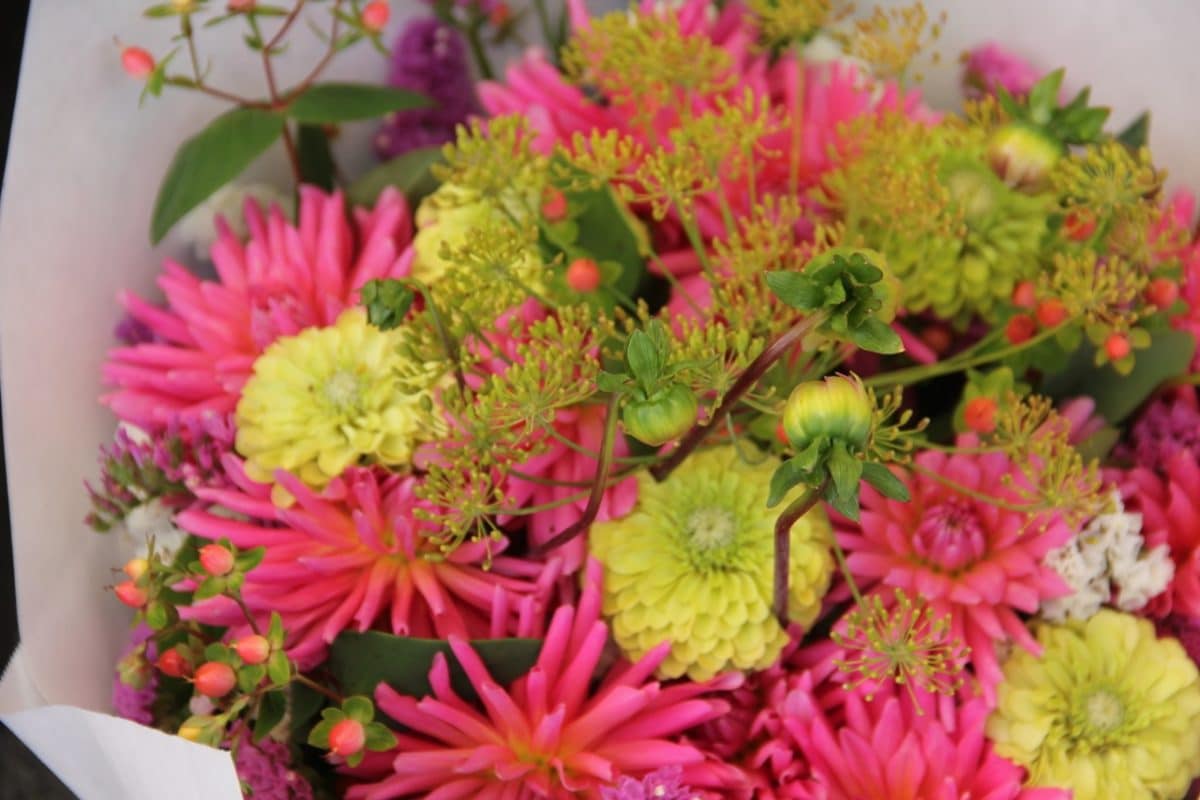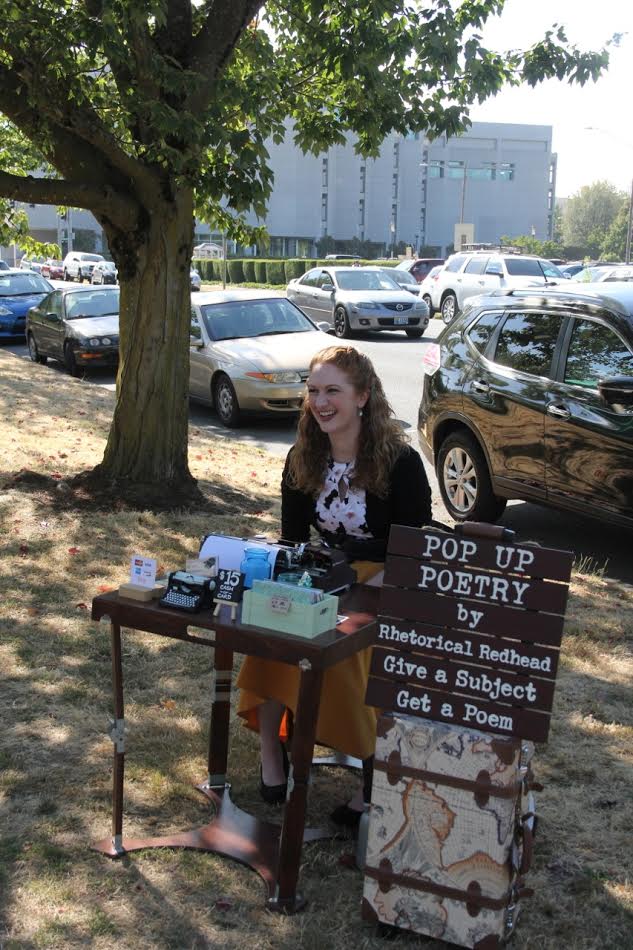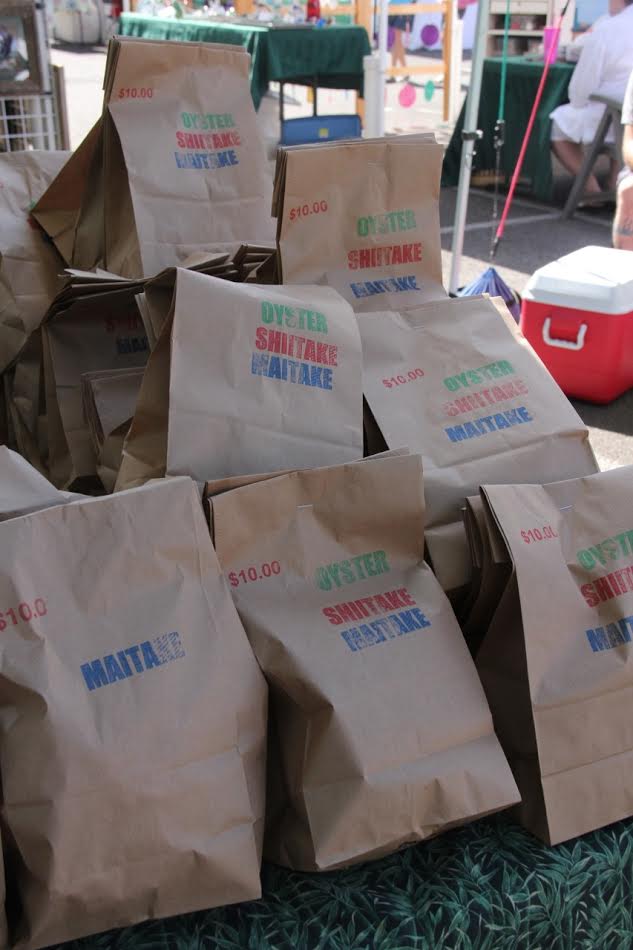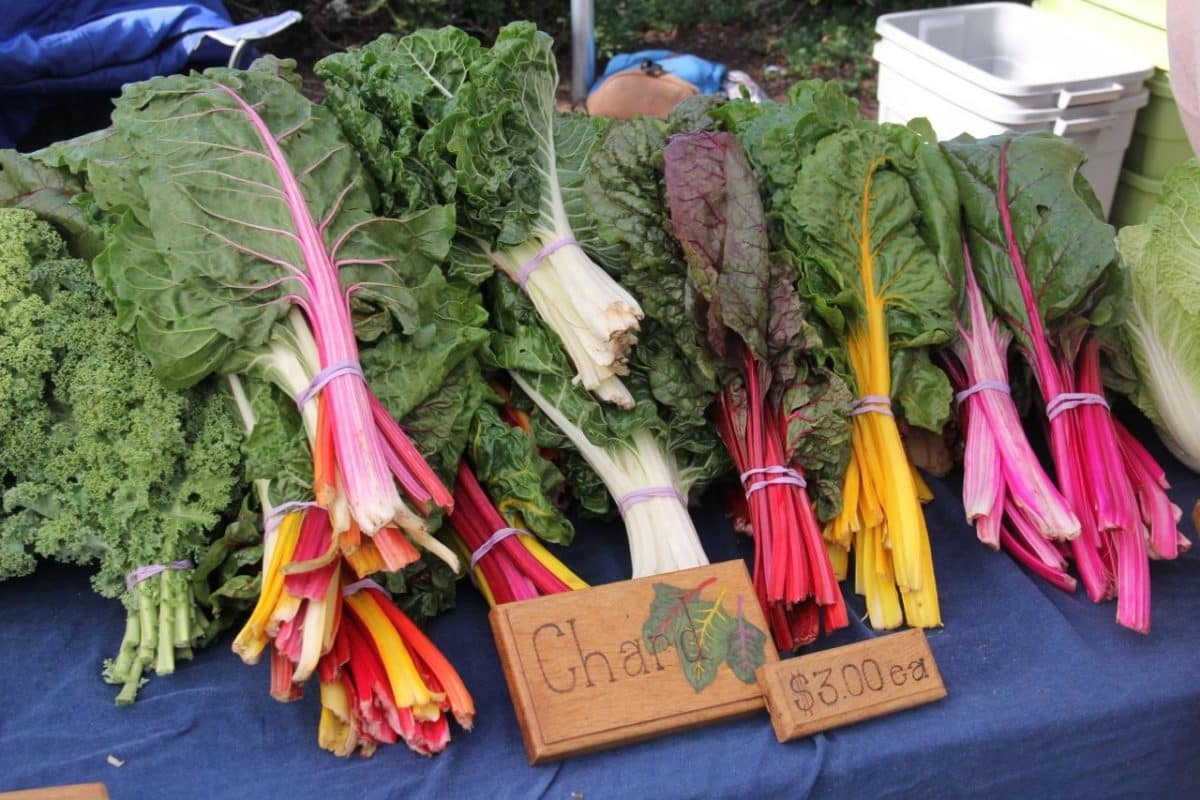When I was growing up in Durham, North Carolina — a city that’s experienced its fair share of growing pains — I saw a lot of tobacco billboards proclaiming “You’ve come a long way, baby.” Thirty years later, that billboard is one of the first things I think of when winding down Highway 22 and spinning into Salem, Oregon on a summer Saturday morning. I’m meeting a girlfriend for my first fling at the Salem Saturday Market. It’s fifty-two degrees and will be rising to ninety by the afternoon, but that won’t matter because by the time it’s actually hot (by Oregon standards, at least, not North Carolina ones) we’ll be sipping a glass of cool Oregon chardonnay downtown at The Wild Pear and musing over our backseat full of produce from the farmers market.
When my husband and I first visited Oregon and first laid eyes on the capitol city of the state that was to become our home in less than a year, we knew what to expect. “It’s industrial,” we were told by friends — who hadn’t lived in Oregon for thirty years and had never lived in Salem — as if that spoke for itself. Well, industrial is cool nowadays, and Salem has come a long way.
Salem is industrial the way that Oregon is rainy. Both statements are true, but unless you live here you don’t know that there’s a whole lot more to it.
My friend parks us a block from the market. A steep, grassy bank grazing the front bumper reveals gnarled roots of the large sycamore trees shading this side of the not-busy street. It’s about nine-thirty and the sky is clear, full sun reflecting off the windows of the buildings that frame this street like a crown. Just forty-five minutes south of Portland, Salem is hurrying to catch up to its hipper, far larger “Rose City,” with its bumper stickers pleading to “keep Portland weird.” But Salem, the “Cherry City,” has its own bumper stickers: Make Salem awesome. The people who live here know that Salem has been too-long maligned as a city with only problems.
We grab our shopping bags and wallets, mine stuffed with a fistful of dollar bills I stole from my egg-money jar that morning, and head down the sidewalk. Inside the market — I say “inside” because each of the bright white 10×10 tents clearly demarcate an exterior and an interior, and somehow make the space inside feel a little magical, like you’ve been transported somewhere special — I am overwhelmed. My eyes are diverted to the huge bouquets of electric-colored flowers soaking their stems in five-gallon buckets. I’m drawn to a lovely arrangement of yellow, green and white but I decide I should wait until the shopping is mostly done— I don’t want to lug an armful of flowers around with me for the next hour or so. My friend warns me, though, and says if I see something I like I should go ahead and get it. She’s been disappointed before, coming back too late. I acknowledge her warning but keep my wallet in the bag even so.

I don’t know why I’m so pleased by the fervor of this market. No one is doing anything more than anyone would do in a farmer’s market on a gorgeous Saturday morning. Children are dancing along to the blues band playing against the furthest north-end wall of tents. Some vendors are sitting quietly, gazing out at the passers-by, waiting for someone to become interested in their variety of tomato or bacon or tarte tatin. And the dogs — so many dogs of all kinds and temperament are here. There’s even a cat on a leash — wearing a jean jacket. No fewer than four groups of musicians are raising money for school band trips. I snap pictures of arrangements of vegetables and make mental notes on which hand-written signs I like the most, and who color-coordinated the royal purple eggplants with chartreuse tomatillos the best.


And yet it’s all so surprising. I am genuinely in awe of this gathering of people in this downtown space of a city known — to me, at least — for its homeless, for its lack of cultural activities, for its general less-ness in comparison to Portland. And I make a mental note to try to visit more often. To seek out these places, these people, now that I know they’re here. After two hours — I’m sure that I’ve seen each booth twice, I’ve eaten no fewer than three pastries, and my bag is sagging with fresh maitake and shiitake mushrooms, tiny Padrón peppers, and tomatoes, and my arms are properly laden with white and green blooms — we head for the exit. More people are headed in, though, and we all smile as we pass each other, as though we share a secret. ![]()
